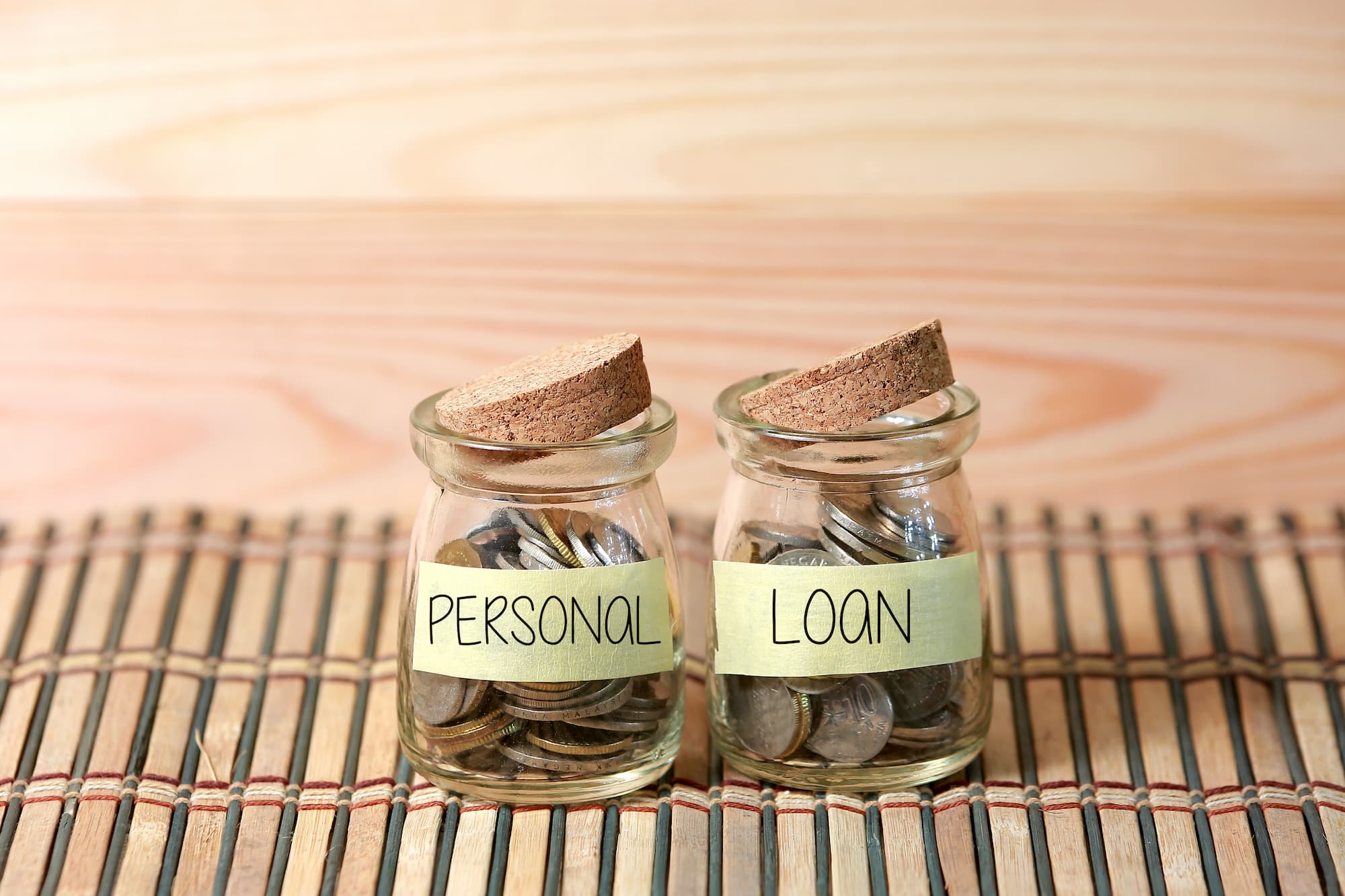Personal loans are an excellent way for individuals to get the money they wouldn’t have been capable of otherwise. Loans help individuals to meet their current needs and pay for them later. Those not completely aware of how exactly this type of loan operates put this as a borrowing strategy, which gives individuals a required amount of cash with the expectation that the sum will be repaid together with interest at a subsequent date.
However, if you think of applying for a personal loan, the loan might not be everything you must repay. That is because some loan providers charge what is known as an origination fee. This upfront fee may decrease the loan amount and could be incorporated with the loan Annual Percentage Rate, or APR.
What is the origination fee for a personal loan?
Personal loan providers can charge origination fees to cover your loan application expenses and pay the funds.
Rather than a flat fee, you can expect to be charged a percentage of your overall loan amount, which generally ranges from 1% to 8% with major lenders. For instance, let’s assume you applied for a $12,000 loan. Depending on the lender you select, you might have to pay a fee of between $120 and $840.
Rather than requiring you to pay the fee from the pocket, lenders typically deduct the origination fee from the loan amount. This implies that if you want every dollar you are asking for with the loan, you will need to ask more to confirm that you don’t fall short.
For instance, if you want a $12,000 loan and the origination fee is 8 percent. Here is how you would figure out the ideal amount to ask.
Divide the amount of the loan from 0.92, or 92 percent. To get the proper loan quote, you will need to cover the 8 percent origination fee and receive the total $12,000. So, you’d want to apply for $13,043.48.
Photo by Andrea Piacquadio from Pexels
Some other fees associated with personal loans
Late Fees
Late fees are the most frequent types of fees that the borrowers pay for a personal loan. As stated before, personal loans require the loan amount to be paid within a fixed period of time. In case the payment isn’t fully paid within the predetermined date, you will face financial consequences that may vary from paying a predetermined fixed fee to paying the penalty as a percentage of your balance.
Some companies charge a late fee equivalent to 4% or 5% of the monthly installment, while some might charge a fixed rate between $20 and $50 for each late payment.
Prepayment or Exit Fees
An exit fee is another fee that is set in place by many lenders. To pay off your loan earlier than expected, you must pay the penalty to the lender. The prepayment fee guarantees the lender that you pay your loan’s full cost, no matter when you decide to pay it.
Prepayment fees sometimes are very high. It can even be hundreds or thousands depending on the amount of remaining accrued interest in the loan’s life after prepayment. You can estimate the amount of the prepayment fee by adding all of the interest you’d have been required to pay to cover your loan at the end of the payment period. Prepayment fees may also come in the form of a flat rate determined by the lender.
Another kind of prepayment fee used by some loan providers is called the “sliding scale” fee. Simply put, this fee means the sooner you pay off your loan, the higher the penalty will have to be paid.
So, here are the three most common types of costs associated with personal loans. Please note that the rate and amount of fees can vary from state to state. Remember to read the state laws and loan providers’ policies to have a clear insight into this. Do you have any bad experience with credit card fees? Or have you paid any other additional fees? Let us know in the comment section. We would love to hear from you.




